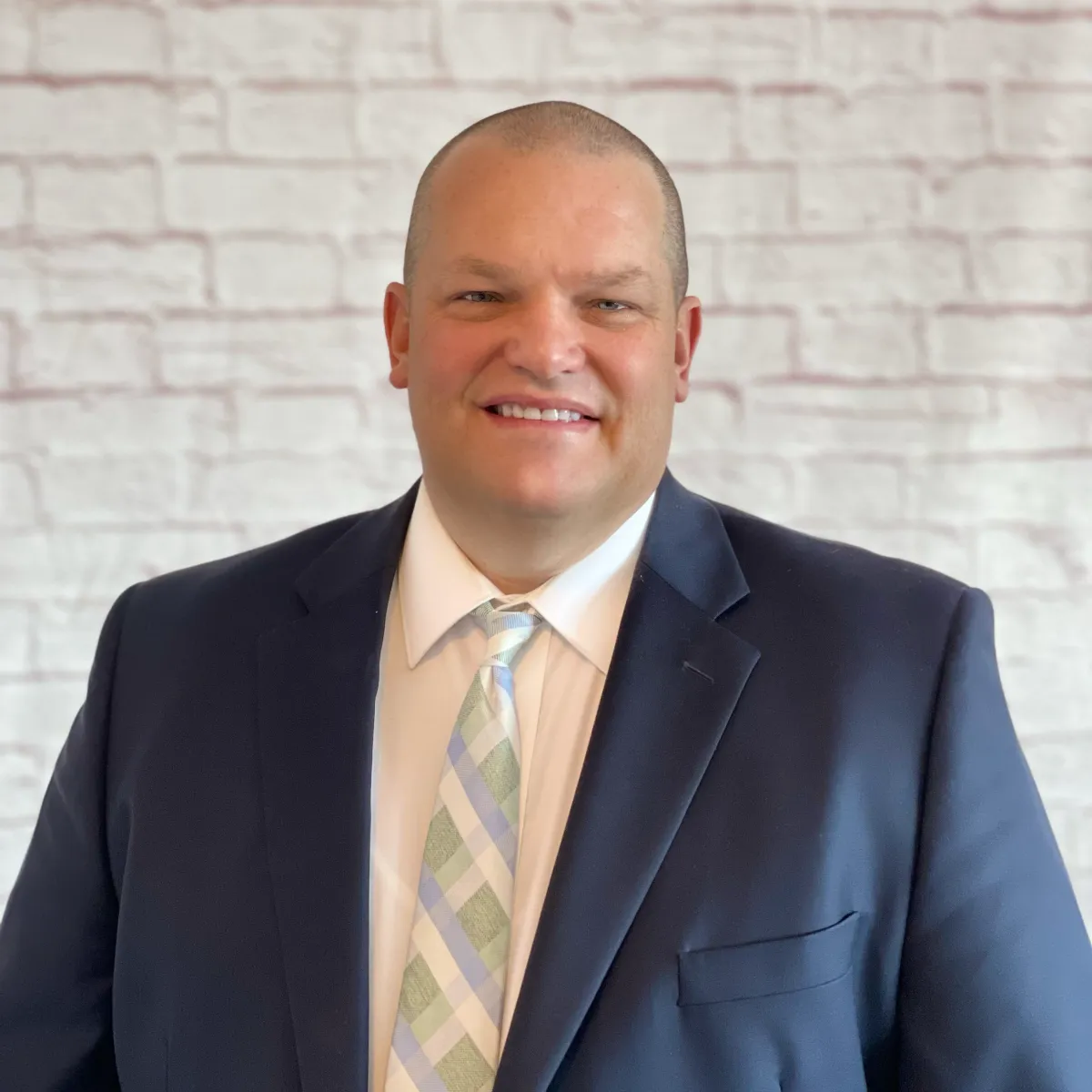Articles and Podcasts

Site Selection Process
If you want to make your aspirations in professional practice a reality, you need to choose the right place to open or to purchase. This episode tells you the process. Don't miss it!
Watch the Podcast Video Here:
Listen to the Podcast Here:
Read the Transcript Here:
The process of selecting a new practice site for doctors
This is a challenging topic because it can be so easily misunderstood. I spend a great deal of time each week discussing with doctors the process of getting into the Best Location Possible. To begin, let me dispel a few common but fundamental errors.
You don’t have to start the process by already knowing your conclusions. There are myriad companies out there that will quote to you the demographics of a location you identify for them. That is not right! I mean by this that they can give to you competition ratios and income statistics and all the rest if you give to them an intersection or an address. That is actually pretty easy to do. And any database or idiot can do it. You do not need columns of statistics to start this process. Sure, that is a helpful part of site selection IN THE END, but it is way down the list of things to do. You have to start the process by understanding that what you are trying to do it limit your choices through guided consultation and analysis. True, it is nice to know where there is limited competition relative to the population size. This is a mathematical calculation but as often as not it will give to you an error that can and probably will cost you a great deal of money (and time). If you choose from a state or county that is the WRONG one, you will have to undo your errors. These computer-based systems take a few salient data points such as competition ratios, medians household income, or housing prices and then they will set off a ding-ding-ding announcement that you have a winner. These systems will almost never provide insights into growth projections, employment type, competition analysis, psychographics, and trends factors. They cannot! It is too much information for their algorithms to process. Yes, they can squirt out a data-sheet and some pretty maps and do that in just minutes. And they can do it cheaply. But if you are investing two years of your life, your credit, and thousands of dollars, does it make sense to trust in a $95 data summary? I don’t think so. Therefore, the process should start with a large geographic area that you will examine to find a few good options. It certainly helps if you start by talking with someone who has done this before. They may have done this hundreds of times. And if they happen to know their way around the state that interests you, they will know the differences between the east coast and the west coast of Florida, why the Midwest is developing in some places and not others, and what the true risks of growing places in Texas are. Getting the big picture is the first step.
Find someone who understands your type of practice. That is because a particular practice type: small animal veterinary practice or orthodontic offices for example. What the numbers say about one type of practice may be true or false about a practice purchase or a start-up of another type. As an example, not all locations with lots of children are going to be equally desirable for a pediatric practice. A location with mostly 4 year-olds is not the same as a place with mostly 8-year olds. This is especially true when in one group, they live in government subsidized apartments versus owner-occupied single family homes, regardless of the price of those homes. It is not sufficient to make location decisions without understanding the nature of your practice. But many vendors of demographic numbers don’t know the difference and are hoping you can tell the difference. As an example, most dental demographic companies only consider general dental practice. They don’t know the differences between endo, perio, OMS, prosthodontic, or ortho practices.
Practice Site Potential is heavy lifting. Just because one location is increasing the number of residents (or businesses) does not mean that they will have equal potential just because new people are moving in. There are many locations that are not increasing in size at all. Still, that does not mean that with the changing of demographic character, that they aren’t terrific. Gentrification is a demographic term that describes how a new TYPE of resident is moving into an area. They may have more education, more money, and better employment. Tracking the change is not easy but it will provide you a great insight into where you should be practicing. We recently had a Client who was turned down for a practice development loan because the competition ratios were looking worse and worse. The numbers looked bad because new employers had moved in and were paying much higher salaries than before. The Median Household Incomes are tracked upon residents, not people employed in the area. They were missing the boat. So, we spent some time creating a special report for the lendor who came to understand that this was actually a much better place to practice that just two years before. Demographics are often a moving target.
So, we want to start with these three factors in looking at locations. At Doctor Demographics, we are looking at many places that are changing and how to give our clients the insights on where to practice, to purchase or start-up, so they can get the ball rolling on the best places to go.
Going back to our theme of “Process,” in our opinion, it makes sense to look at your own wants and needs to determine place. Some doctors want to own several practices near the same market. They don’t want to give up the hands-on desire to continue to practice. Some clearly do. But what will work to help one practice develop along these lines won’t work in all places. We have a colleague who teaches some great lessons on practice development. I won’t share the name. But they believe that there is a rigid test for locations that will support their practice model. But my experience is that not everyone wants to practice in that kind of office even if the model is valid. I see our job to help the doctor realize their dream rather than our model. I am not saying what they propose won’t work! But I AM saying that the thousands of dollars they are requesting may be better spent on good market research and practice model development. Your practice model must reflect you (and your vision).
We start with a large geographic area as well as a location that will match your vision of practice. We do the research. We refine the location to fit a practice that is viable based upon that vision. Once we have that, we can turn to a Realtor who knows that available properties within the market area that will meet the practice size and price. One cannot practically move forward without a Realtor who also knows your profession. But my experience has shown that realtors often know the market (meaning the City, County, or State) that you are considering. With good demographic information and input they can often find exactly what you are seeing without wasting time more spending money. Remember, a great realtor will get you up and running all the faster. The same is true when you have the right financer. I have worked with most of the lenders in the U.S. and I can say that most are wonderful. But they are not the same. They can structure a deal that will work for your situation but not all lenders are good at everything. The simplest example if finding a lender who can finance a building construction or a remodel or a modification. There are great lenders who can help facilitate transitions of different types. A transition from parent to child is not the same as a corporate office buy-out. They variables are many and I don’t see that there is a lender out there who is equally good at everything. Still, if you start with good research, the process can be relatively easy.
To review, you start with finding a region then narrow it down to a place. Choose a realtor for find the place then a lender who can facilitate the move. In the end, it all starts with research by your friendly demographer.
In conclusion, there have been many articles that explain that owning a practice is the best way to maximize a doctor’s fortunes. Putting yourself in a position to own and to operate a practice, regardless of size and scope is the way to financial independence and wealth. There are many of us who can help in that process. Many brokers exist who do almost nothing else that to formalize these transitions. But there are more than a few nay-sayers who devote themselves to telling doctors that owning a practice is for fools. They point to employment opportunities that reduce risk and hassles that sane doctors would be best to avoid. Maybe. But maybe those who don’t want you to own a practice have an agenda that does not match your vision. Maybe they won’t make money from doctors who venture out and take a risk on their own practice, whatever type of practice that might be.
As for me and Doctor Demographics, we believe that anything that strengthens and encourages doctors is a good thing for the market. Most importantly, it is a good thing for the professions and patients they represent. Let us know if we can do the market research that will help you move your project forward. Visit us at Doctor Demographics.com.
Our Leadership

Scott McDonald
"Demographics is more than just facts and figures. It is the foundational story in which we develop the right strategy and plan to create successful practices over the long-term. Markets change, economies fluctuate, and internal goals differ. Our goal at Doctor Demographics is to provide you with not just the data, but experienced analysis to help you create the practice you've always dreamed of having."
Scott McDonald
Founder - Doctor Demographics

Mike Green
"Coming from a marketing background, demographics and psychographics are the foundation that all successful practice strategies are built. Knowing how to use that data in the implementation process of a practice is the difference between an average (or failing) practice and a successful practice in the same area. We've done thousands of studies over the years and have helped doctors find, establish, and market in nearly every state and situation"
Mike Green
Owner - Doctor Demographics






